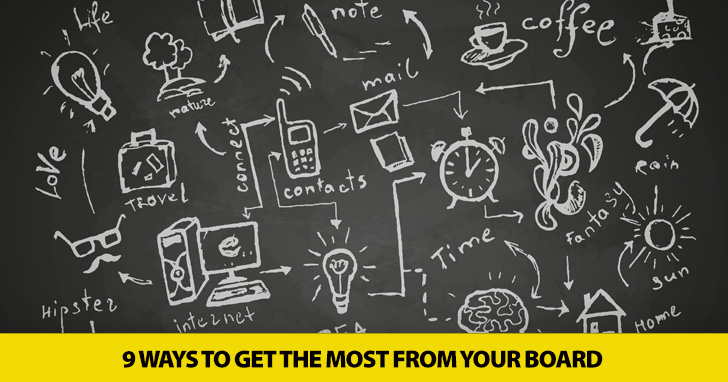Boards and Boredom: How to Keep ESL Students Engaged While You’re Writing


Be it black or white, it’s a ubiquitous piece of classroom furniture, but we have almost total freedom when it comes to using this valuable resource. Many teachers have trouble with this, and here are some reasons why:
Board use is often insufficiently taught and emphasized in TEFL courses, so I’d like to offer some hints for managing this resource better:

It may seem like an unwelcome burden, adding to the already considerable demands of class preparation, but sketching out a simple board diagram on your lesson plan is, I believe, an indispensible element, especially for new teachers. Ask yourself the following:
Students respond well to the following of a fixed, predictable routine. They’re more likely to write information in their notebooks if they see it presented the same way each time. It also means that you’ll have practiced partitioning the board and using it in a particular way, so you’ll be more comfortable using the given space.
In the era of texting, good handwriting is at a premium; our students need consistent, good examples of penmanship, and your own example is of great importance. Slow, neat, well-formed writing is not only clearer to read and more attractive to the eye, but shows the students that such a thing is both possible and easy. The downside is that it can be slow, so…
Whereas I’m very careful to reduce Teacher Talking Time (TTT), I’m also conscious that board-writing isn’t a fabulous spectator sport. I tend to be talking while I’m writing, either articulating the words I’m putting on the board or, preferably, eliciting something from the students: spellings, structures, example sentences, the names of people, places or things to include in my examples, or check questions. Here’s an example from my classroom in Boston, where I’m pre-teaching vocabulary for a reading about tanning:
| Teacher: | OK, so if the beach is freezing cold, like here in Boston, how else can I get a tan? (Adds ‘get a tan’ to the growing vocab list in the right-hand margin) |
| Student 1: | Can lay down on a… what is it? |
| Teacher: | Yeah, where can you lay down indoors and get a tan? |
| Student 2: | Like a bed. |
| Teacher: | But not for sleeping, right? For tanning? |
| Student 2: | Tanning bed. |
| Teacher: | Awesome. (Writes ‘tanning bed’ on the list while asking…) So, what’s the name of the place which has tanning beds? |
| Student 3: | Tanning room? |
| Teacher: | You’re close… It’s a Latin word… Help us out, Spanish speakers, what’s the word for the sun? |
| Student 1: | Sol |
| Teacher: | (Writes these three letters on the list while thinking of how to elicit the rest.) And what’s the name of the fish museum here in Boston? |
| All: | The Aquarium |
| Teacher: | That’s right… Separate that out… ‘Aqua… rium’… so, what could it be? |
| Student 4: | Solarium? |
| Teacher: | Awesome! |
I like using board drawings, but I’m no artist; before class, I practice them a few times, even the simple stick-figure drawings I mostly use. There’s nothing more embarrassing than having some smart Alec student chuckling, “Hey, teacher, is it a horse or a dog?”
It’s esthetically attractive and adds important variety to the black’n’white board context, but color also has a role in emphasizing the target language, highlighting the mistakes in an error correction exercise, marking the different parts of speech, or the clauses in a sentence, etc.
Before I clean the board, in order to make space for the next thing, I always check to see if all the students are ready for me to do so. With less experienced students, I tend also to check whether this is genuinely true by running around to see their notebooks, or asking some last-minute check questions.
If the board is broken, insist on a repair or (more likely) a replacement. Find out if your school is liable for resources such as pens, and request frequent re-stocking so that you never risk running out. Having three or four different colors is also helpful. Check that your eraser doesn’t need cleaning or replacing. Working with poor resources is something we’re all obliged to live through, from time to time, but it does nothing for the flow of the class if you’re struggling with a dying pen or a pitted, unhelpful board surface.
This is a good warm-up concept, and works well if you have a few minutes spare. As the students walk in, they’ll immediately be engaged by what they can see. Try a few review questions, a gap-fill, an error correction or a synonym/antonym challenge. You could also include the day’s lesson plan (in simple form) so that the students know what to expect. Notices, announcements and reminders might also go on the board at this stage, as might notes on the schedule for the day or the week.
If your board is prepared and planned, and your board skills are well practiced, it can be an efficient and effective addition to your classroom armory, forming an important and attractively visual method of communication.